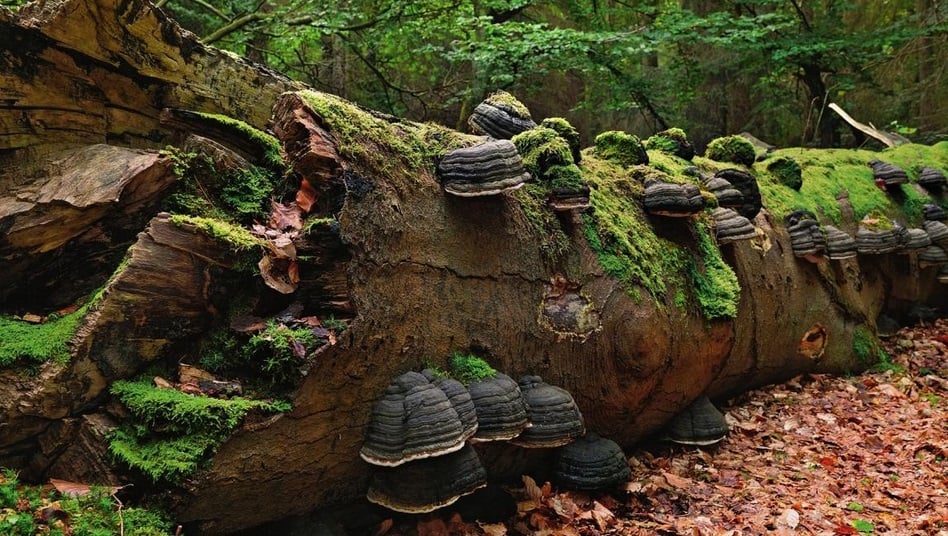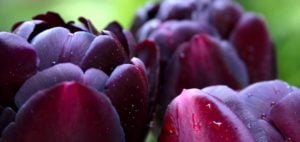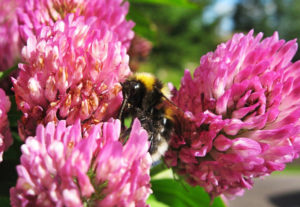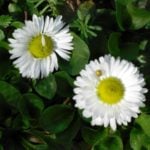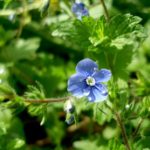The moss-covered forest reminds us of primitive times. This layer is only a few centimeters high, creating the feeling of a thick green carpet covering everything around.
Moss: Classes and Types
The first mosses on our planet appeared more than 400 million years ago, long before the flowering of plants. Like ferns, these plants reproduce by spores. There are about 18,000 species of mosses grouped into three classes.
Liver mosses
The oldest of them is liver moss. The most famous representative of this group is blepharostoma trichophyllum, with its characteristic flat, widely branched shape. Most mosses and liverworts have stems and real leaves.
Blepharostoma trichophyllum most often grows on the ground and on fallen trees, stumps and stones along streams and rivers, forming dense or loose, mixed with other bryophytes, bundles and even whole carpets.

A large class is also bryophytes. All of them are divided in order according to the location of their stems, leaves and the way they are fixed in the soil. Mosses form a “pillow” with a height of from millimeters to several centimeters, and sometimes cover huge areas with a dense lawn of living plants and dead parts with a layer thickness of up to 1-3 m (3.3-9.8 ft) or more.
Anthocerotophyta Mosses
The second major class is anthocerotophyte mosses , resembling “liverworts”. They got their name from the Greek words antos-flower and keros-horn, since the shape of the plants is a dark green lamellar rosette (layered) with a diameter of 1-3 cm (0.4-1.2 in), tightly adjacent to the soil, and numerous corneal growths (sporogonia) up to 2-3 cm (0.8-1.2 in) high.
Cup-shaped hypnum belongs to one of the most common types. In the forest, it can occupy a very large area, but in populated areas, on the walls and roofs of houses, it also has a place. The figure clearly shows long stems with spore boxes.
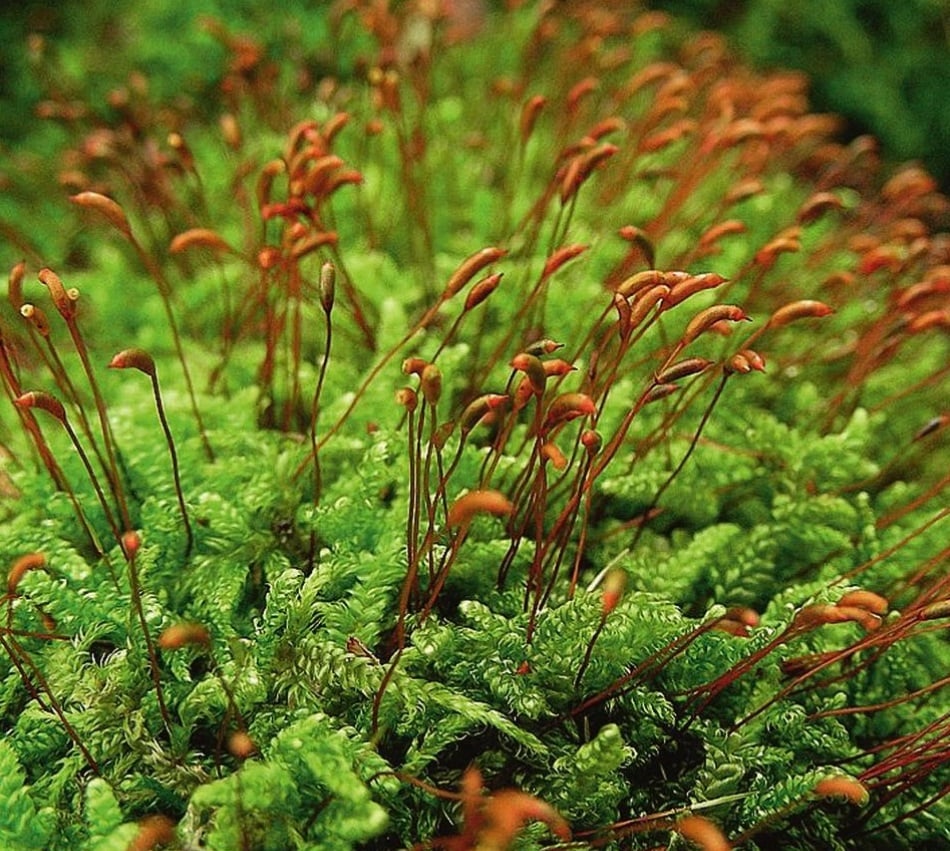
Deciduous moss Polytrichum commune resembles a twig of coniferous trees. Its length can reach 15 cm (5.9 in), the commune of Polytrichum is often lined with soil in the forest.
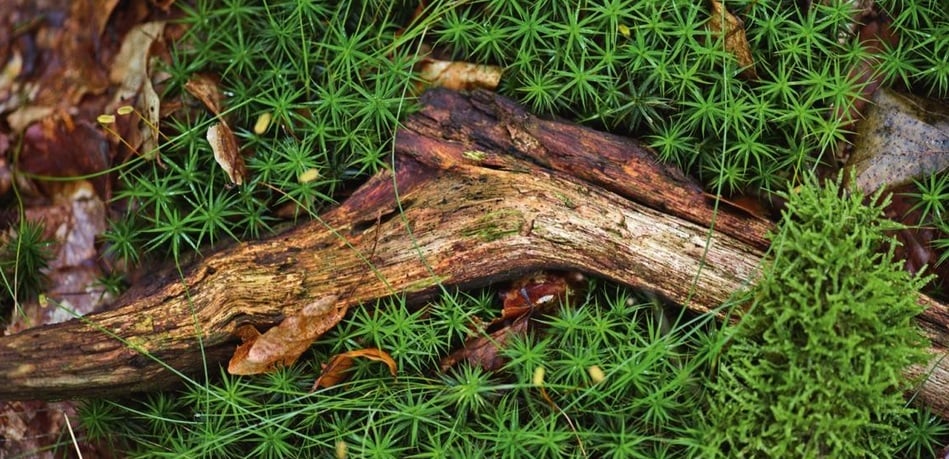
Tortula muralis forms small pads and grows on limestone stones, including on the walls of houses made of this material.

Some mosses sometimes have boxes with spores that look like flowers, such as Polytrichum juniperinum
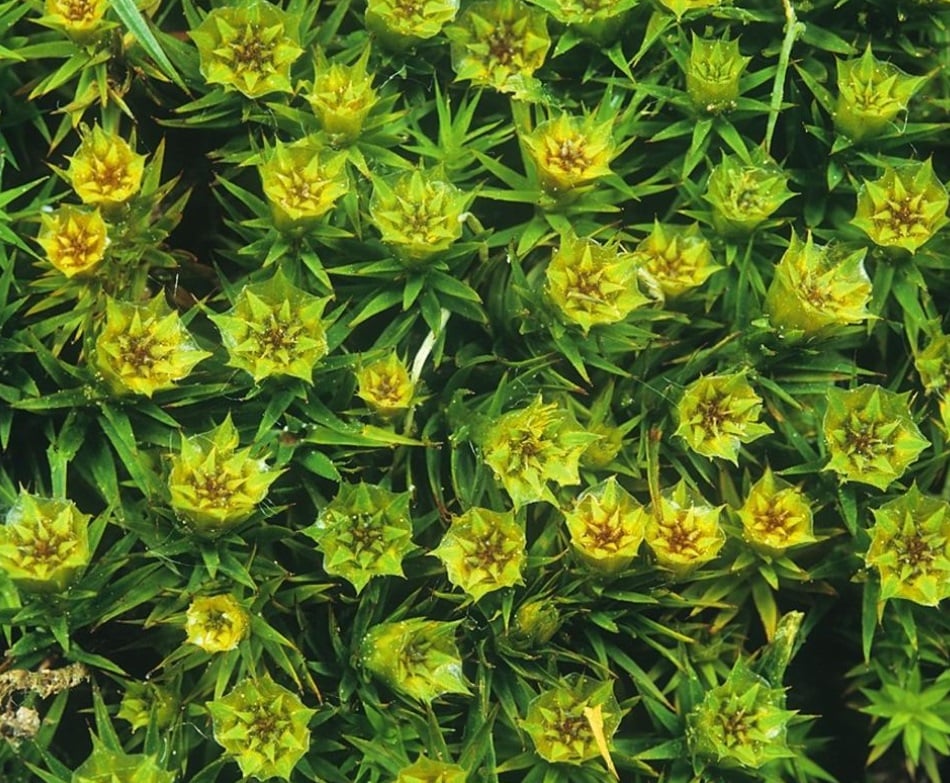
Cirriphyllum piliferum forms loose light green tufts. It prefers calcareous soils rich in nutrients. Cirrifyllum can be found in forests and thickets of shrubs.
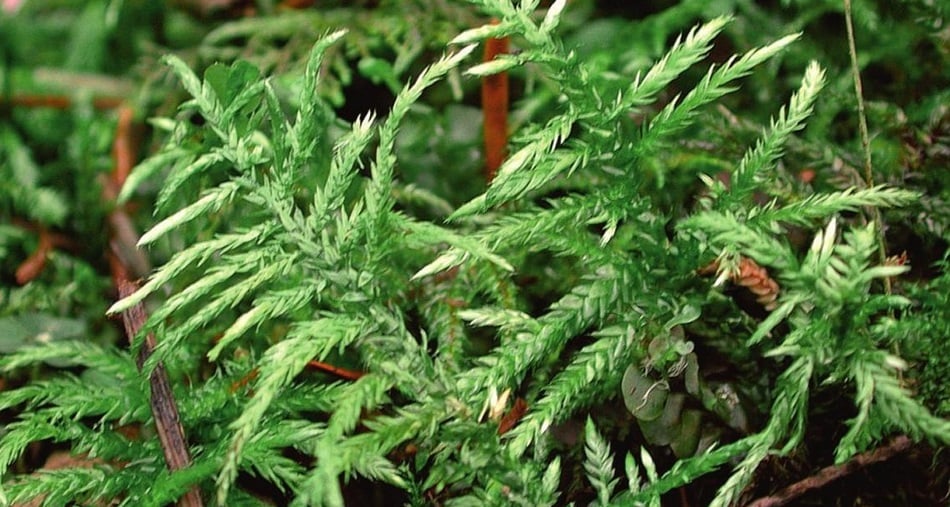
Hylocomium splendens is most common in forests, meadows, roadsides and quarries, where it is often given shelter. In the process of growth, it forms cascades consisting of separate floors, as it were.
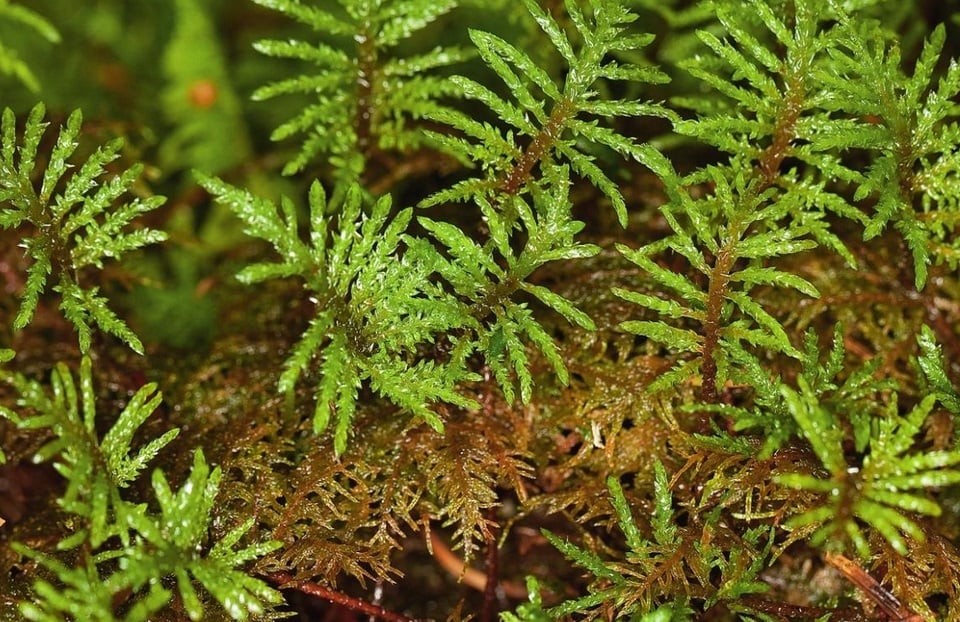
Sphagnum capillifolium grows mainly in swamps and in moist forests. The height of the plant does not exceed 20 cm (7.9 in). This moss can have a whitish-green, brown, reddish or yellow color.
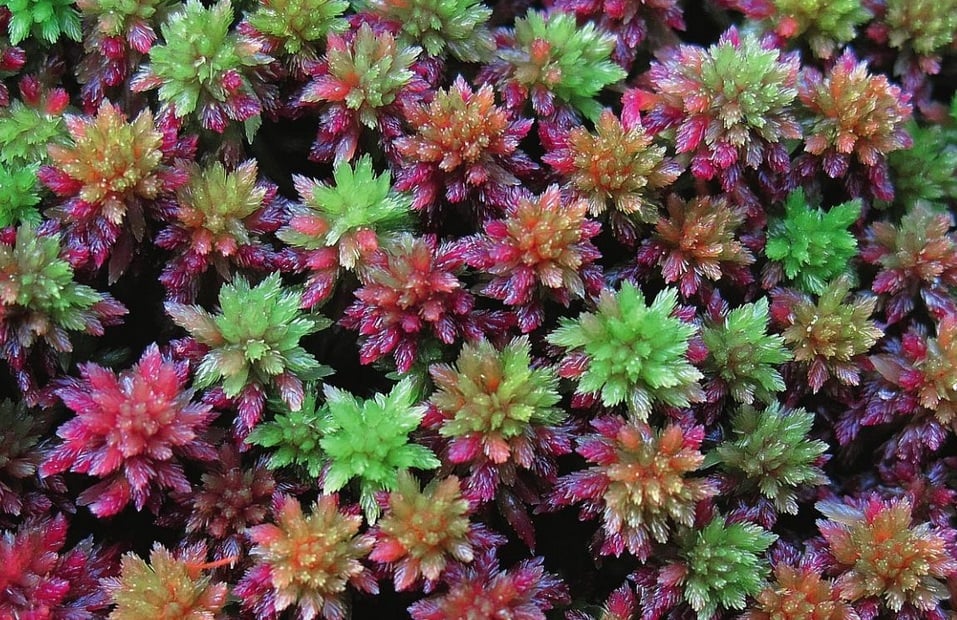
Anthoceros laevis is one of the few species of the genus of horn-bearing mosses that live in northern latitudes. It most often appears first on moist soil after weeding in beds, in flower beds and especially in furrows.
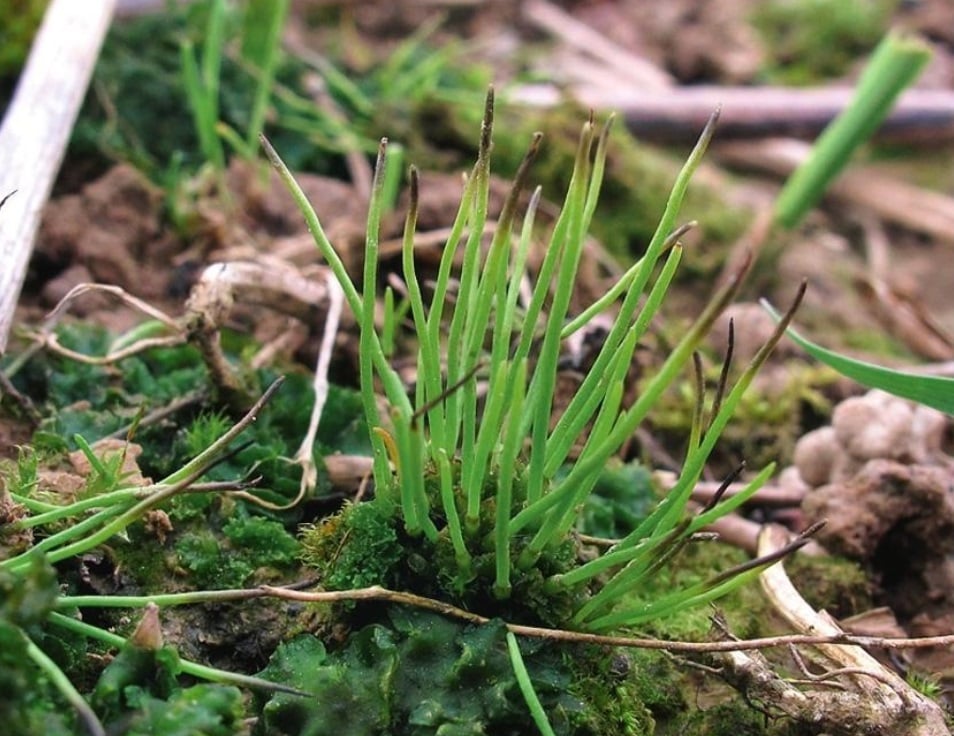
Moss Habitats
Mosses feel out of competition on rocks and stones: after all, flower plants have no place here. High humidity and regular rises of water in streams also contribute to the spread of “green and fluffy”.
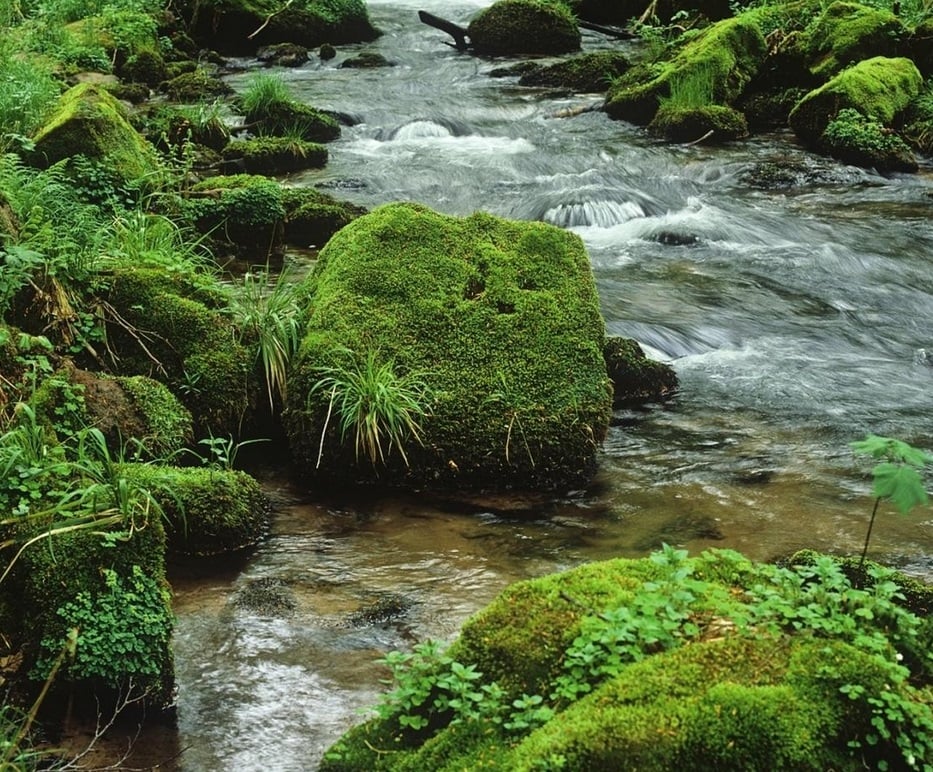
For many species, the ideal habitat is trees, especially rotten ones. At the same time, unlike fungi, mosses are not parasites.
Mosses usually grow where flowering plants cannot take root: on rocks, in swamps, near springs and along the bed of streams, on trees. The fact is that moss does not have a root system. They get water and nutrients directly from moist air or rain. In the tissues of mosses there is a special type of cells that retain moisture. During a prolonged drought, plants fall into a dormant state. They change color and reduce the intensity of metabolism to almost zero. At the same time, it is often enough just a few drops of water to come out of hibernation.
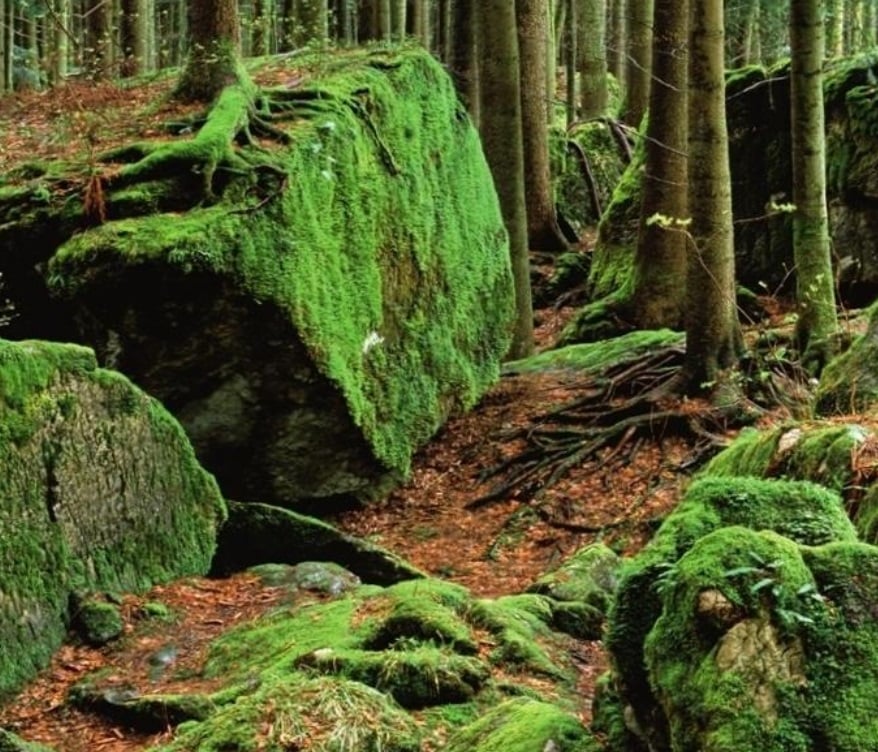
Mosses are most often found in moist, shady places. However, some species are quite adapted to dry and sunny habitats, such as Tortula muralis. Its leaves end in transparent hairs that reflect the sun’s rays and protect the plant from excessive lighting. In the Kingdom of moss there are other survival strategies:
- anthoceros often lives in symbiosis with blue algae, which accumulate nitrogen from the air and transfer it to moss;
- sphagnum is able to create an acidic environment and thus prevent the appearance of fungi, bacteria and competing plants next to it.
Although moss is almost invisible in appearance, its role in ecosystems is very large. Since it is able to absorb and retain a lot of moisture, it plays an important role in regulating the water balance of forests and swamps and reduces soil erosion in open areas. And without sphagnum moss, it would be impossible to form peat in swamps.
A thick green carpet of moss provides a reliable shelter for many small inhabitants of forests and swamps, insects and small animals.
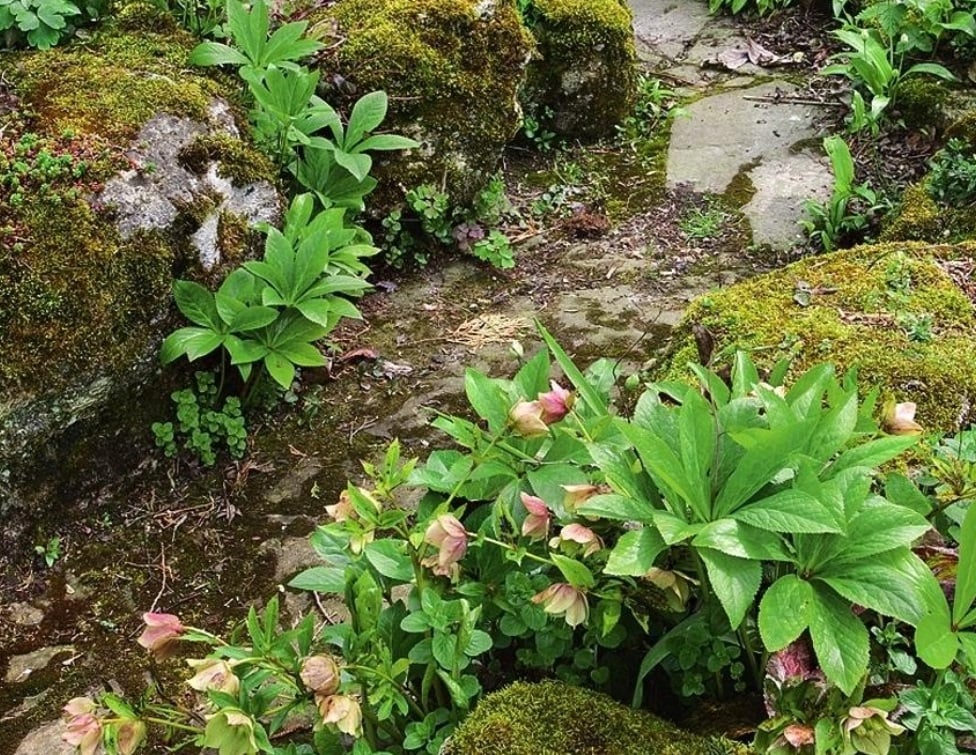
Moss in Your Garden
These plants prefer shady, moist corners on the walls, near fountains and at the roots of trees. The green patina gives the sculpture a mysterious charm, but lawn moss is rarely a welcome guest. Mosses, forming a solid green carpet, grow on old, unkempt lawns, as well as on acidic, dense soils.

The persistence with which moss spreads through the garden is directly related to its ability not only to healthy reproduction, but also to vegetative, especially leaf types. So from each piece of moss that has fallen out from under the knife of the lawn mower, a full-fledged new plant can grow. Thanks to this property, you can almost easily populate part of your plot with “fluffy” inhabitants.
- The moss is cut off by 5-10 mm (0.2-0.4 in) and these tiny pieces are scattered on the surface of the pre-moistened soil;
- At the end of the process, the site should be closed by cutting the moss by at least 10%;
- After that, everything is squeezed out properly and the first weeks are intensively moisturized. The ground before “sowing” can be replaced with sand or pebbles from lava.
